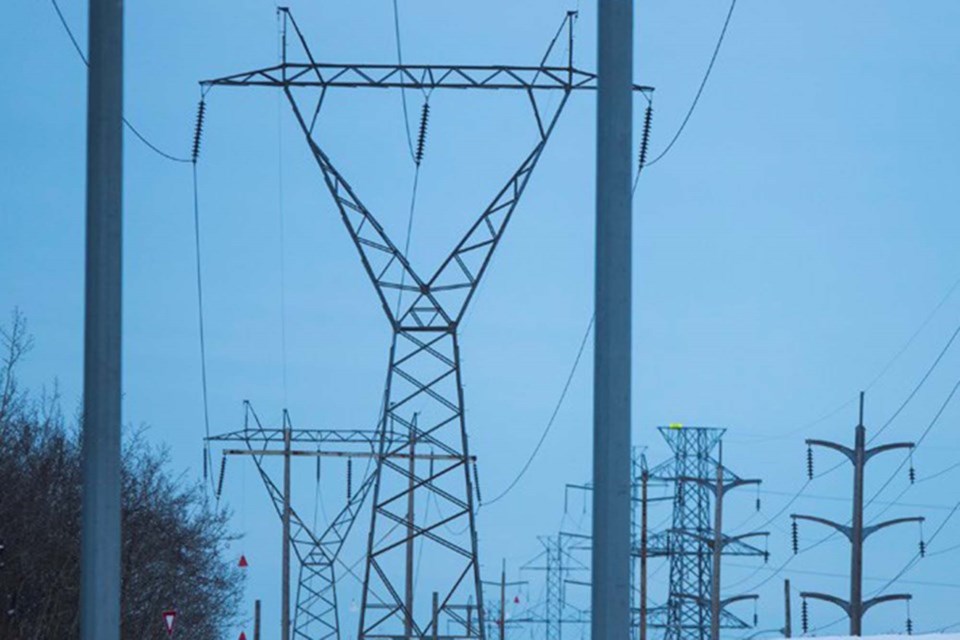The average St. Albertan could pay an additional $5.97 per month on their utility bills come 2022.
Released Nov. 3, the city’s 2022 draft budget proposes a 4.5-per-cent proposed utility-rate increase. This is the highest utility-rate increase in the past three years. The city saw a 0.03-per-cent decrease in 2021; a 0.1-per-cent increase in 2020; and 0.01-per-cent decrease in 2019.
The budget also included a 2.5-per-cent proposed tax increase. This would add an additional $93 on to the average $450,000 home’s taxes next year.
Kevin Scoble, St. Albert’s chief administrative officer, said the city has seen declines in other sources of revenue, such as government grants and photo radar. He said this will mean city service levels will be impacted, other revenues the city traditionally collects will have to increase, or both.
“Traditional sources of revenue such as taxation, user fees, penalties, and utility rates have to be disproportionately increased relative to historical amounts,” Scoble said.
Lower increase on the table
Coun. Sheena Hughes put forward a motion on Nov. 9 to reduce the 2022 utility increase to 3.1 per cent. This would defer the remaining 1.4 per cent to 2023, when it would be added to the utility-rate change for that year.
During the Nov. 10 meeting, Diane McMordie, St. Albert’s director of finance, said the increase in the years to come is still uncertain.
“While [the proposed 2022 4.5-per-cent utility increase] is a legitimate rate increase … council may choose to spread it out over a couple years,” McMordie said.
Part of the reason this year’s utility rates may increase is the portion of these fees dedicated to funding repairs, maintenance, and replacement (RMR) of utility infrastructure has gone up. This portion of the fee is called the supplemental capital contribution.
The proposed RMR utility capital budget for 2022 consists of 10 projects totalling $16.6 million. Some examples of these projects include sediment and erosion control for stormwater to reduce impacts to the Sturgeon River, and upgraded water infrastructure to increase system capacity.
The supplemental capital contribution for stormwater has increased by $1.82, with water increasing by $0.61.
In addition to increases in the supplemental capital contribution for RMR, rates for utilities themselves have also increased.
Water and wastewater saw the most substantial increases in flat and variable rates charged for these services. For water, there will be a $0.93 increase in flat rate, and a $0.03 increase in the variable rate due to an increase in the EPCOR water purchase rate.
Wastewater rates will climb due to an increase in the Alberta capital wastewater commission variable rate, with the change at $0.72 for the flat rate, and a $0.09 increase in the variable rate.
Decline in government funding
During the Nov. 10 budget presentation, Mayor Cathy Heron asked whether the city is still planning to collect household hazardous waste in the face of provincial cuts to funding for this service.
While municipalities have historically covered a portion of the cost of collecting hazardous household waste, the provincial government took on a sizeable chunk of the total expense, but cut this funding in 2021.
Olivia Kwok, St. Albert waste and diversion program supervisor, said the city has increased their budget to provide the hazardous household waste service.
“We did an estimate based on historical use, but we ideally would not want to no longer accept these items as they could be misused or illegally dumped or put in our waste stream,” Kwok said.
In a response to an information request from Heron sent Sept. 13, Kwok said St. Albert paid an additional $19,000 for the collection of household hazardous waste from June 1 to Sept. 10 this year due to the subsidy ending.
The added budget amount for the waste service did not impact the utility rate for 2022, city spokesperson Cory Sinclair said in an email Nov. 16.
Budget deliberation will begin Dec. 2, with council scheduled to approve the budget on Dec. 20, the last council meeting of 2021.




